Heatstroke is an emergency caused by prolonged exposure to extreme heat. Detecting its symptoms early and responding appropriately can save lives.
Although intense heat is more common in summer, heatstroke can occur at any time of year if your body temperature rises dangerously due to exposure to the sun or hot environments. In this guide, you’ll learn the main symptoms, how to respond to heatstroke, and the best ways to prevent it.
Recognize the key symptoms
The most common signs include extreme weakness, headache, dizziness, intense thirst, fever greater than 38.5°C, dry skin, nausea, and rapid heart rate. Identifying these symptoms early is vital to avoiding complications.
Seek immediate medical attention
Even if heatstroke seems mild, it should always be evaluated by a professional. Do not self-medicate, as some medications can worsen the condition.
Avoid sudden changes in temperature
Don’t immerse yourself in ice water or take very cold showers. Lower your body temperature gradually with cool water and compresses on your neck, forehead, and armpits.
Rest in a cool, ventilated place
Lying down or sitting in a place away from direct sunlight helps stabilize your temperature. Elevating your legs helps improve circulation.
Hydrate with water, not soda
Water is the best option for replenishing fluids. Avoid soda, alcoholic drinks, or energy drinks, which can further dehydrate you.
Wear light-colored, lightweight clothing
Loose, breathable, and lightweight clothing allows for better thermal regulation and reduces the risk of overheating.
Limit sun exposure during critical hours
Avoid outdoor activities between 11 a.m. and 4 p.m., when the sun is at its most intense. If you must go outside, protect your head and eyes with a hat and sunglasses.
Stay hydrated and eat fresh foods
Fruits, salads, and light meals help keep your body cool. Combine a good diet with regular hydration to prevent heat exhaustion.



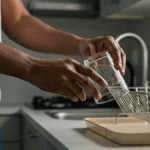



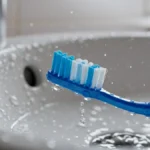
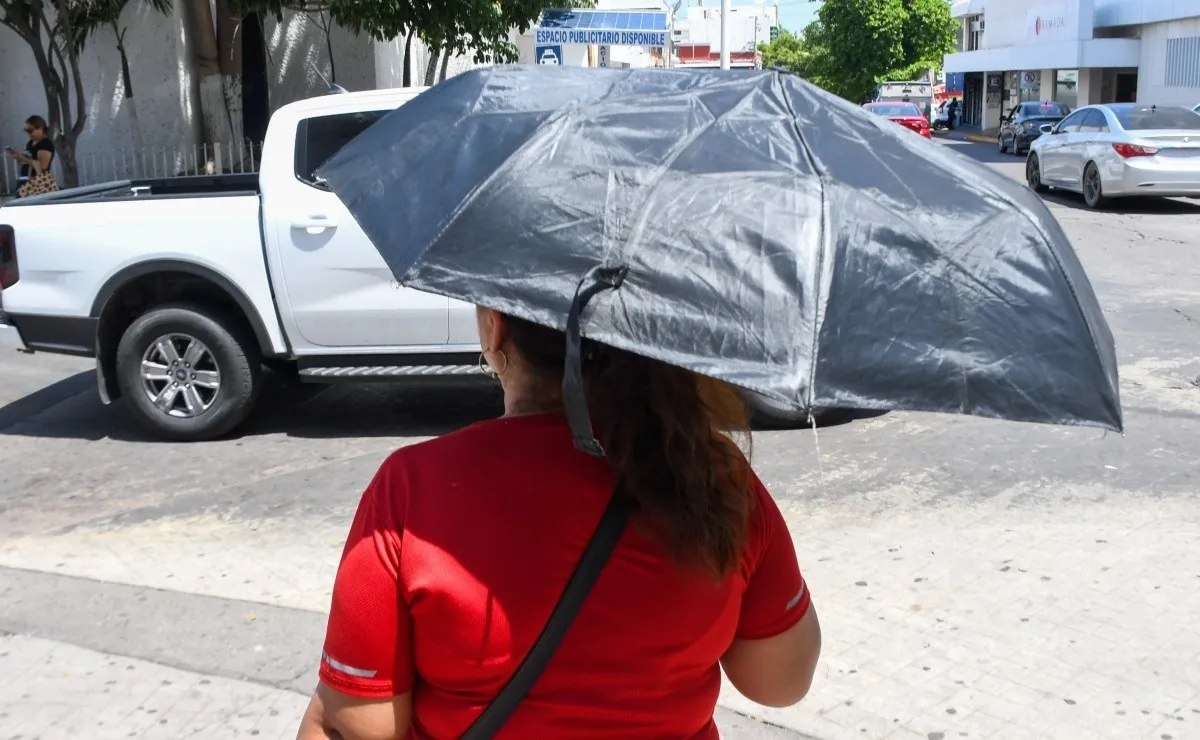
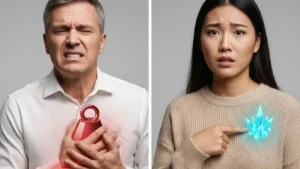
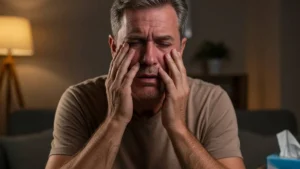
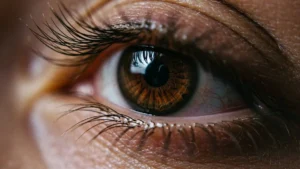
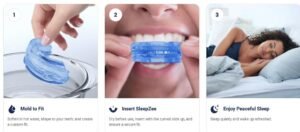


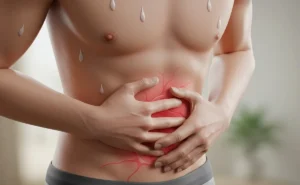
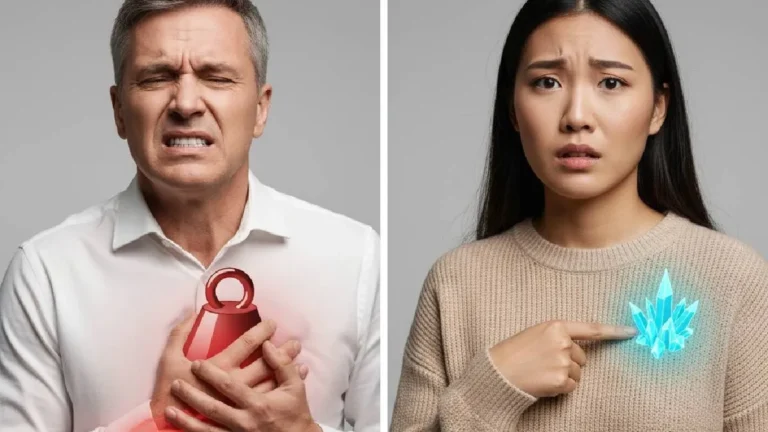
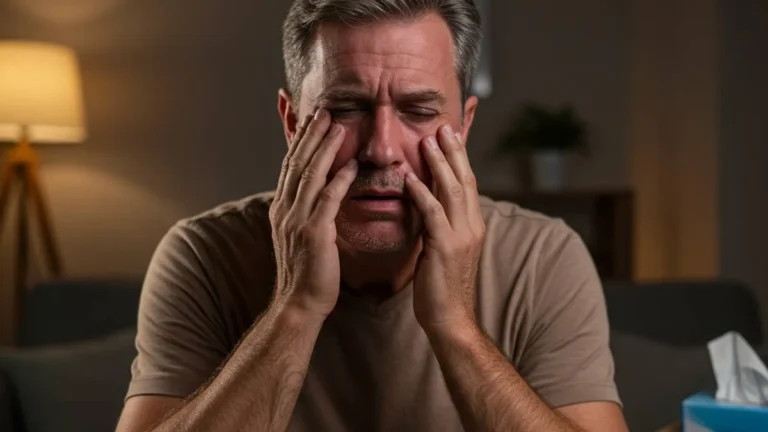
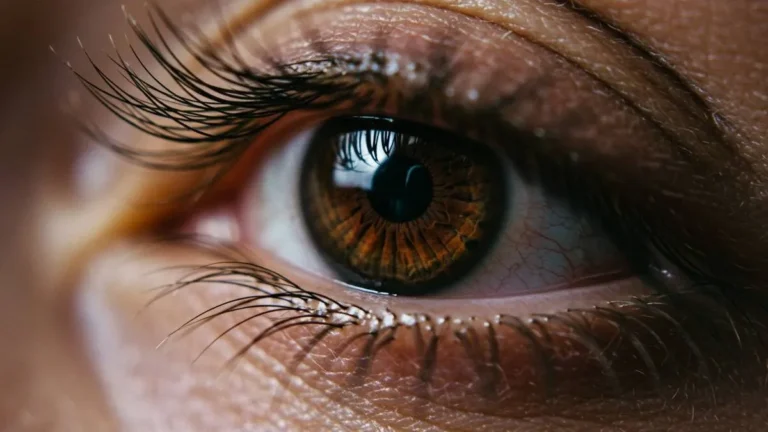

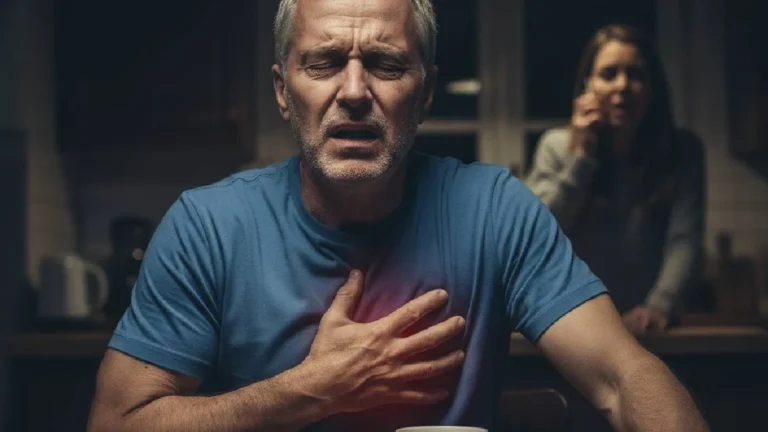
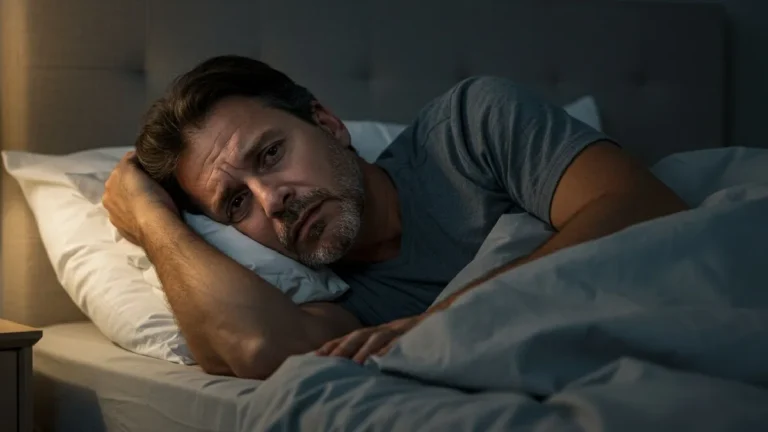
+ There are no comments
Add yours